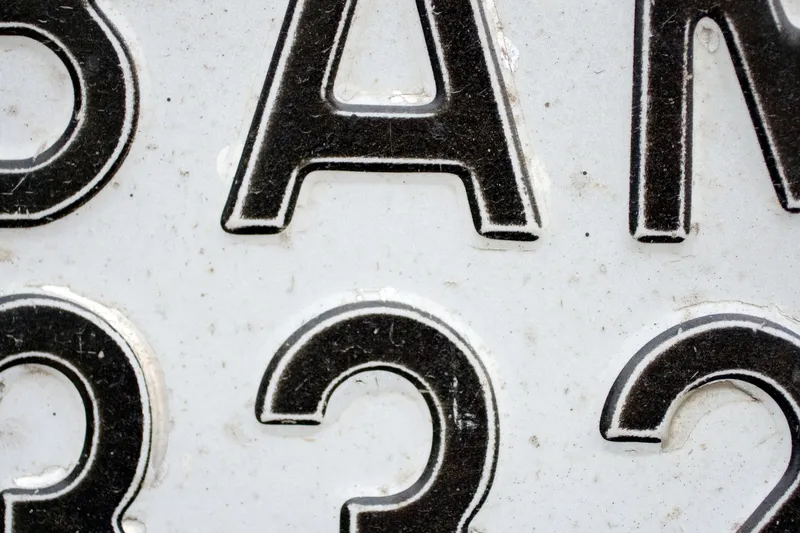
Q-Free says it is developing improved vehicle analytics and detection for its automatic licence plate recognition (ALPR) technology that identifies vehicle class, colour, make and model.
The technology also identifies which side of the vehicle is being analysed, according to Q-Free.
The vehicle analytics feature is an extension of the Norway-based company’s Intrada ALPR which processes more than a billion licence plates around the globe each day.
The solution can be used with any vendor, making it a convenient extension that opens new possibilities for its customers’ operations and business models.
There is no need for a customer to change existing video infrastructure or invest in costly hardware-based alternatives such as radar and laser, says Q-Free.
The company says that data from test sites in South America and Asia show surveillance and security operators successfully gathering additional identifying characteristics to make the best use of existing video detection equipment.
In particular, the vehicle angle feature determines which side of the vehicle is facing the camera, for example the front or rear. This is helpful in determining entry and exit points in parking applications.
The new vehicle analytics are a result of innovative, reliable neural networks and the company’s machine learning capabilities, according to Marco Sinnema, product manager for Q-Free’s Intrada ALPR library.
“Work with initial customers continues to train the detection of the neural networks – which is now available in our commercial, off-the-shelf Intrada ALPR library,” he said.
“Early results are showing the system performing with great precision, and we plan on delivering the same unrivalled automation accuracy and low error rates offered in our existing ALPR solutions.”
Q-Free’s other products and brands include Intelight, OpenTMS, Intrada, ParQSense and Q-Free Hub.








